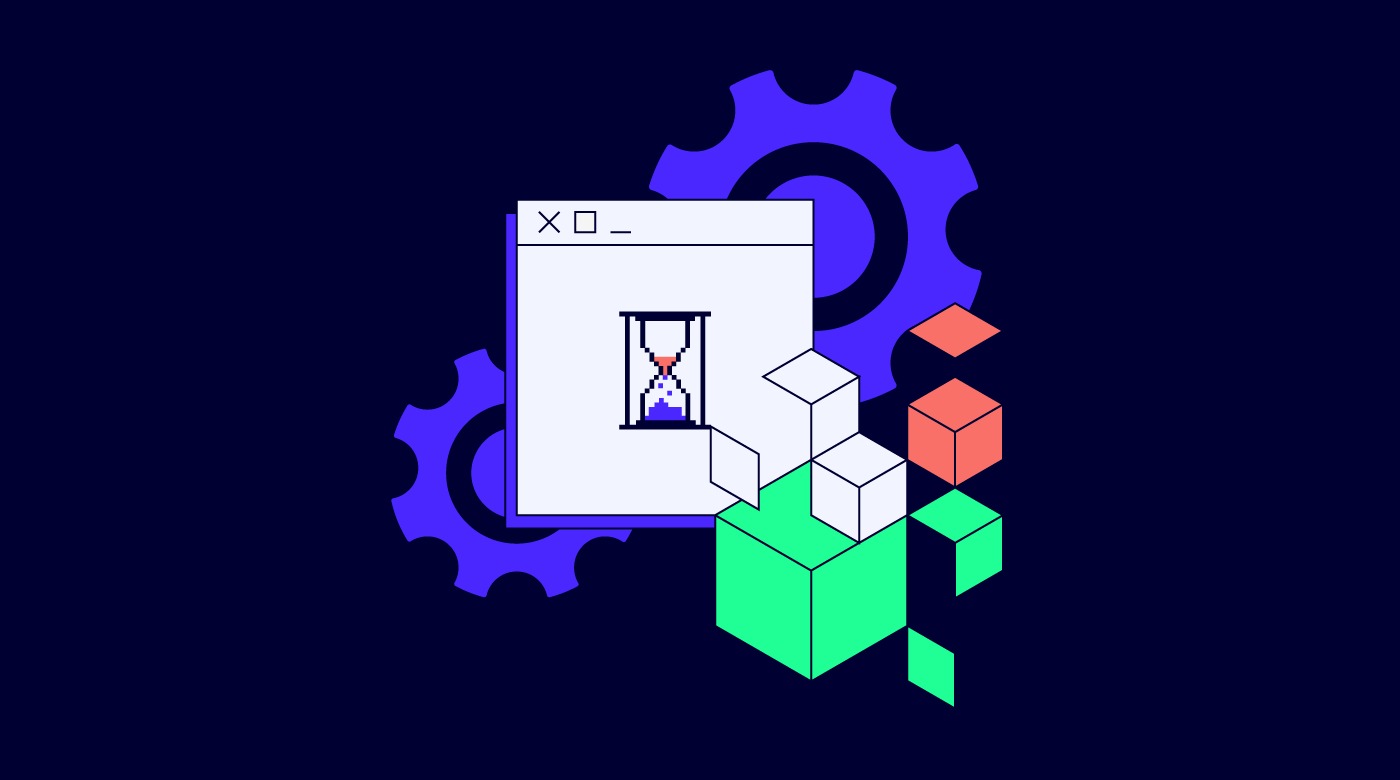ISO 9000 standards are integral to modern quality management systems, providing a robust framework for ensuring consistency, efficiency, and customer satisfaction across industries. Implementing these standards effectively requires an understanding of the technical requirements and the ability to communicate them clearly and accurately. AEC Inc’s ISO 9000 technical writing expertise is crucial in bridging the gap between complex regulatory requirements and practical application within an organization. We will explore the significance of technical writing in enhancing quality management systems and the essential components that contribute to its effectiveness.
The Role of Technical Writing in ISO 9000 Implementation
Effective implementation of ISO 9000 standards hinges on precise and clear documentation, where technical writing becomes indispensable. The technical writer’s role is to translate the often complex and technical language of ISO 9000 into understandable, actionable documents for various organizational stakeholders. These documents include quality manuals, standard operating procedures (SOPs), work instructions, and quality plans. By providing clear and concise documentation, technical writers ensure all employees understand their roles and responsibilities in maintaining the quality management system. This clarity helps achieve compliance with ISO 9000 standards, reduce errors, and improve overall operational efficiency.
Technical writing also plays a critical role in the auditing process. Auditors rely on well-documented procedures and records to evaluate an organization’s adherence to ISO 9000 standards. High-quality technical documentation facilitates smoother audits by providing clear evidence of compliance and continuous improvement efforts. Moreover, it helps organizations identify areas for improvement and take corrective actions promptly. In essence, technical writing supports the initial implementation of ISO 9000 and sustains the ongoing maintenance and enhancement of the quality management system.
Key Elements of ISO 9000 Technical Documentation
Creating adequate ISO 9000 technical documentation involves several vital elements. First and foremost is clarity. Documents must be written in plain language, free of jargon, and tailored to the audience’s level of understanding. This ensures that all employees can comprehend and follow the documented procedures regardless of their technical background. Consistency is another critical element. Using consistent terminology, formatting, and style across all documents helps prevent confusion and ensures everyone in the organization is on the same page.
Accuracy is equally important in ISO 9000 technical writing. Documents must accurately reflect the organization’s processes and practices. This requires thorough research and collaboration with subject matter experts to ensure all details are correct and up-to-date. Additionally, technical writers must ensure that documents are regularly reviewed and updated to reflect changes in processes, regulations, or standards. This ongoing maintenance is crucial for maintaining compliance and continuous improvement.
Another vital element is accessibility. ISO 9000 documentation should be easily accessible to all relevant stakeholders. This can be achieved through digital document management systems that allow for easy retrieval, sharing, and updating of documents. Ensuring that documents are available in multiple formats, such as print and digital, can also enhance accessibility. Ultimately, the goal is to make it easy for employees to access and use the information they need to perform their roles effectively.
Training and Development for Effective Technical Writing
Developing adequate ISO 9000 technical documentation requires skilled technical writers who understand both the technical requirements of the standards and the principles of clear, effective communication. Organizations can enhance their quality management systems by investing in training and development programs for their technical writers. These programs should cover the fundamentals of technical writing and the specific requirements of ISO 9000 standards.
Training programs should focus on critical skills such as audience analysis, document design, and information organization. Technical writers need to be able to analyze their audience to determine the appropriate level of detail and complexity for their documents. They also need to be skilled in designing documents that are easy to read and navigate, with clear headings, subheadings, and visual aids where appropriate. Effective information organization is also crucial, as it helps ensure that documents are logically structured and easy to follow.
In addition to formal training programs, organizations can support the development of their technical writers through ongoing professional development opportunities. This can include attending workshops and conferences, participating in online courses and webinars, and joining professional organizations related to technical writing and quality management. By continuously developing their skills and knowledge, technical writers can ensure that their documentation remains effective and compliant with ISO 9000 standards.
Technical writing is vital to ISO 9000 implementation and maintenance, ensuring that quality management systems are clearly documented, accessible, and compliant with standards. By focusing on clarity, consistency, accuracy, and accessibility in their documentation, technical writers can significantly enhance the effectiveness of an organization’s quality management system. Investing in the training and development of technical writers is crucial for maintaining high-quality documentation and supporting continuous improvement efforts. Integrating skilled technical writing into ISO 9000 processes improves compliance, efficiency, and overall organizational performance.
Keep an eye for more news & updates on Internal Insider!










